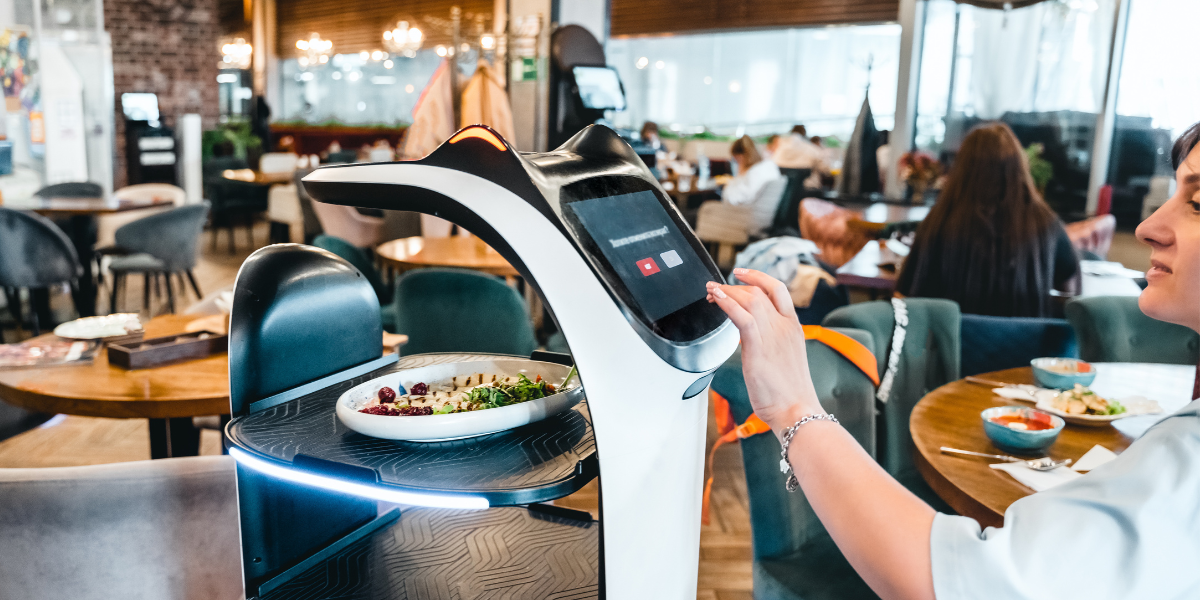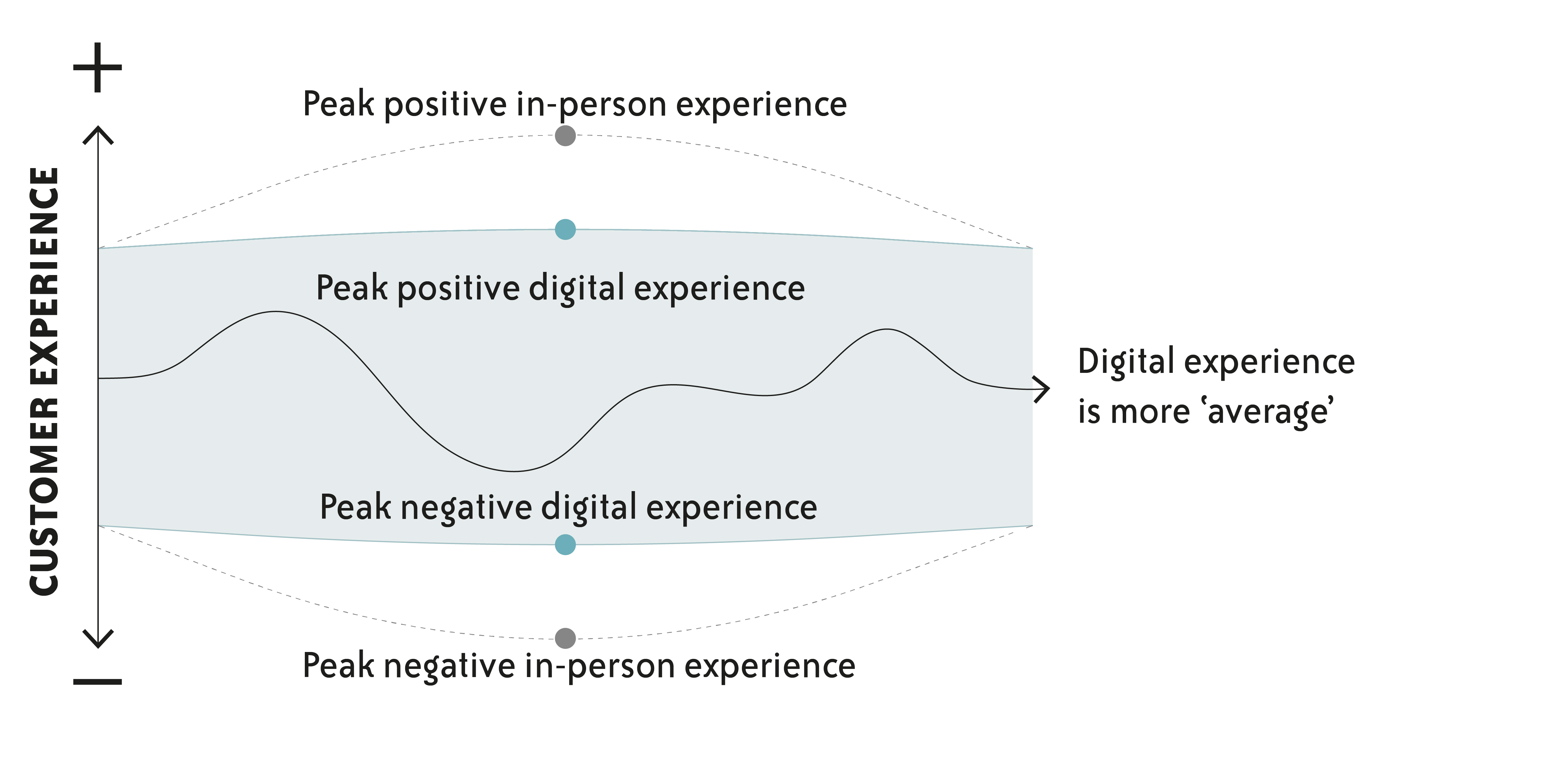Digitalisation is helping brands provide customers with a more convenient, seamless and smart shopping experience. Technologies such as artificial intelligence (AI), virtual reality (VR) and augmented reality (AR) – which, in recent years have been developing at an unprecedented pace – are now the key drivers of innovation across the retail industry. Both online and in store, they’re transforming the way we interact with products and services. As a result, interest and investment into unmanned or “smart” store concepts has skyrocketed.
But what are the implications for customer service? Can this tech – which claims to make shopping of the future entirely frictionless – really beat the human touch?

High street robots
“Robotic process automation”, also known as intelligent or smart automation, is an umbrella term used to describe new technologies that would historically have required human input.
Smart retail automation is set to grow significantly, from a value of US$12.2 billion in 2021 to around US$33 billion in 2030 due to its speed, scalability and accuracy.
Now, retailers of all kinds are recognising the impact that automation can have on making their businesses – and even their employees – more efficient and productive. Wholesalers, grocery stores and other commercial buildings are using robotic floor cleaners, releasing colleagues to focus their effort and attention on more complex tasks. At front of house too, robots are taking on roles such as restaurant tray collectors, hotel porters and cocktail servers.
Understandably, people across sectors have been worried about the ways that automation might threaten their jobs. But the current reality is that instead of displacing workers, smart tech can maximise our potential, creating new opportunities to engage in tasks that have an ever-larger impact on a company’s bottom line.
Retail reinvented
Automation is also optimising customer touchpoints across the high street. Over the last few years, Tommy Hilfiger debuted its in-store AR mirror, resulting in an increase of up to 60% in try-ons and foot traffic; IKEA’s AR app is helping customers test true-to-scale virtual products in their homes; and Sephora and L’Oréal are integrating AR with AI chatbot tech to create virtual makeup artists, enabling users to superimpose beauty products onto their faces.
AI-driven personalisation is also helping businesses cater to a demand for immediate service. In 2020, Business Insider reported that the chatbot market is predicted to grow at a rate of 29.7% per year. Brands such as Lyft and Pizza Hut are offering a chat function where customers can place orders, ask questions and receive personalised updates. Now, issues that once required a phone call to resolve can supposedly be handled by an AI interface in a fraction of the time.

Raising expectations
Despite the hype, automation doesn’t come without challenges. A Facebook report suggests that 70% of users believed their interaction with a chatbot was a failure. This matches the percentage of customers Sitel Group recorded in its 2018 Index Report who would have preferred to talk to a human customer service representative instead of a digital alternative.
Brands using smart tech to enhance their customer service offering might soften and standardise the customer experience “wave”, but they can risk losing incredible moments of delight if they lose the human touch.

Satisfaction, or perceived satisfaction, is a real problem for digitalised customer service. People would rather trust other people compared with mediated and automated modalities. In store, this means ensuring a member of staff is always close by; and online, retailers should have an alternative chat service or phone number easily accessible.
The takeaway
While the initial surge in interest might be on account of perceived novelty, smart automation is no passing fad. Retail is changing fast, and with rising costs and supply-chain delays contributing to an increase in customer concerns and complaints, the pressure is on for businesses to deliver across all touchpoints.
Ultimately, customers expect their experience to be fast, efficient and seamless across all platforms. They want automated services to do more for them – and at speed – but they also expect easy access to real people who can help them when and where they need it. Successful customer service needs an omnichannel strategy that prioritises efficiency and fair treatment.
This article is an extract from our latest SPEND insight report for 2023–2024. Click here to access the full publication.